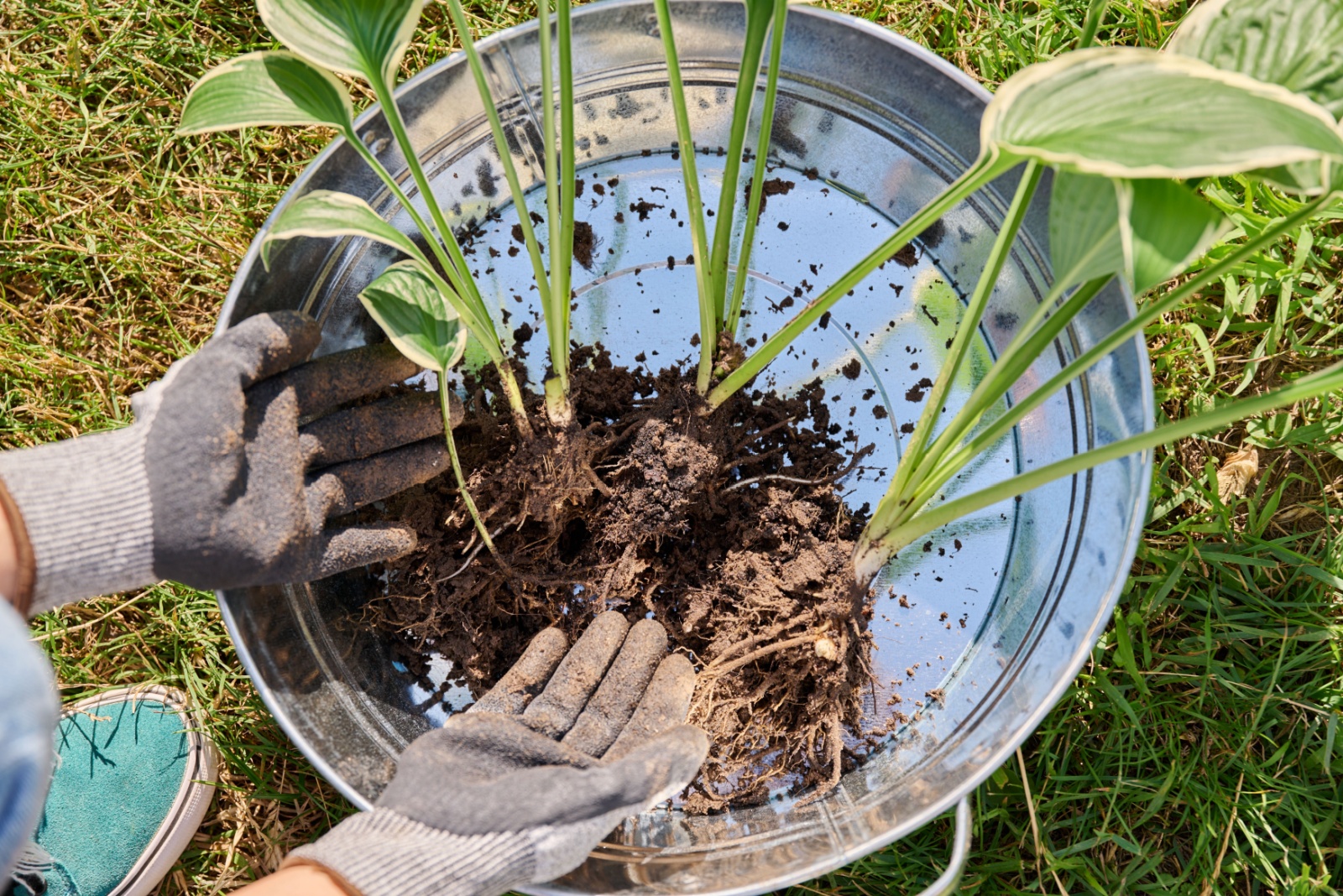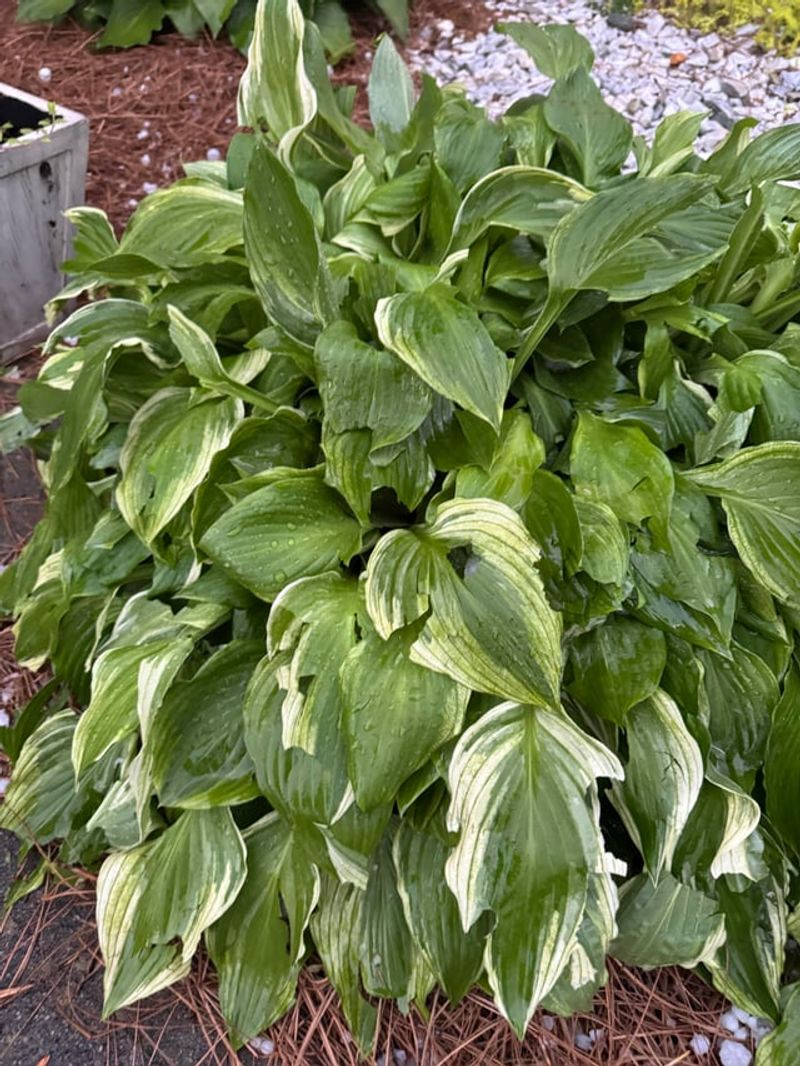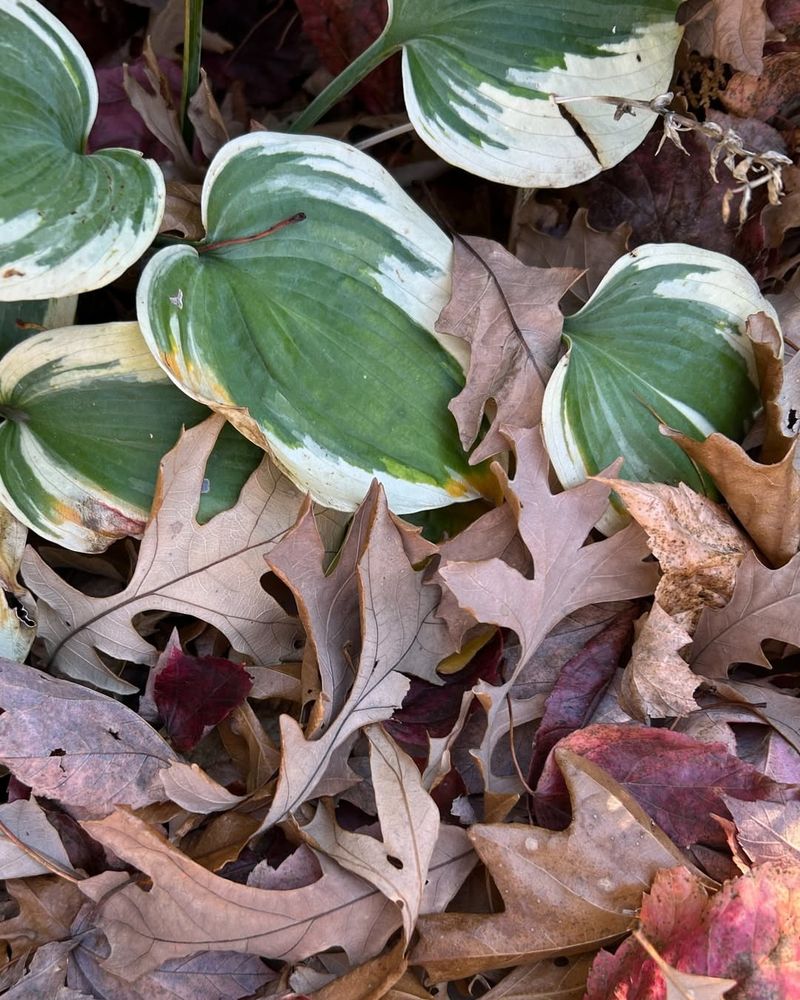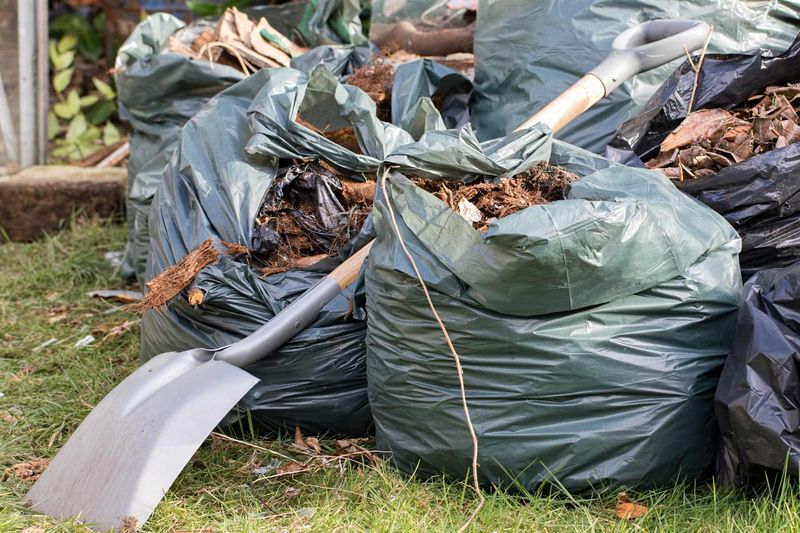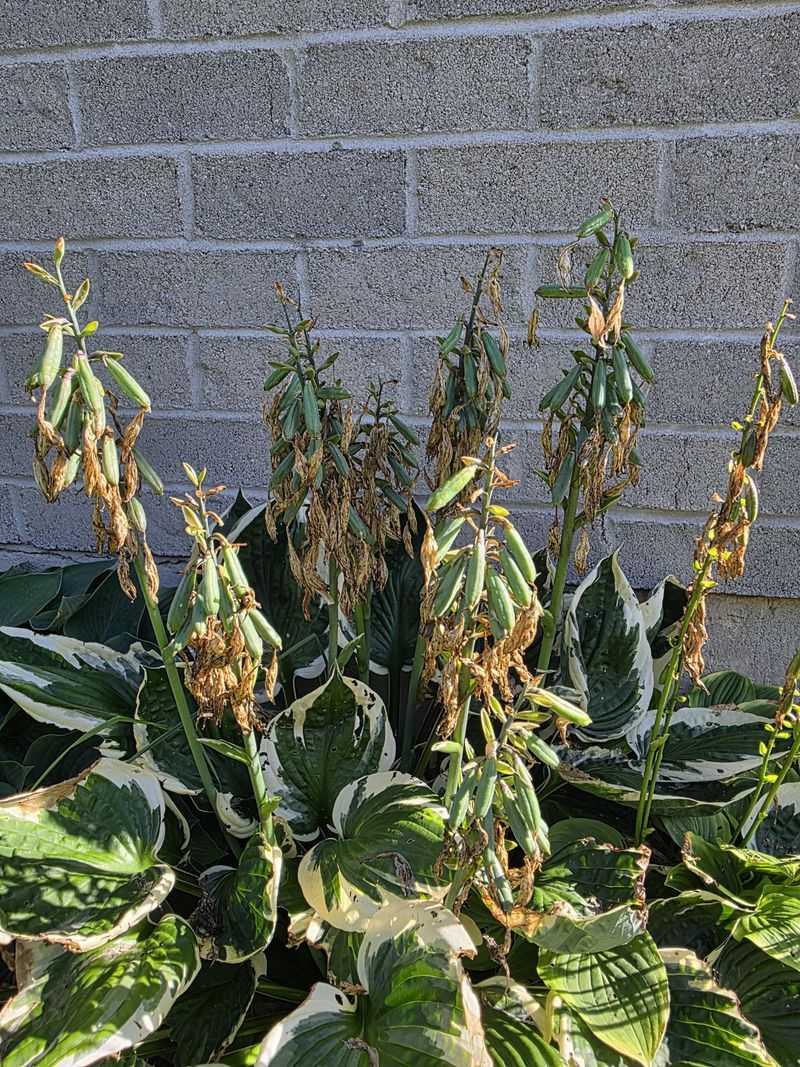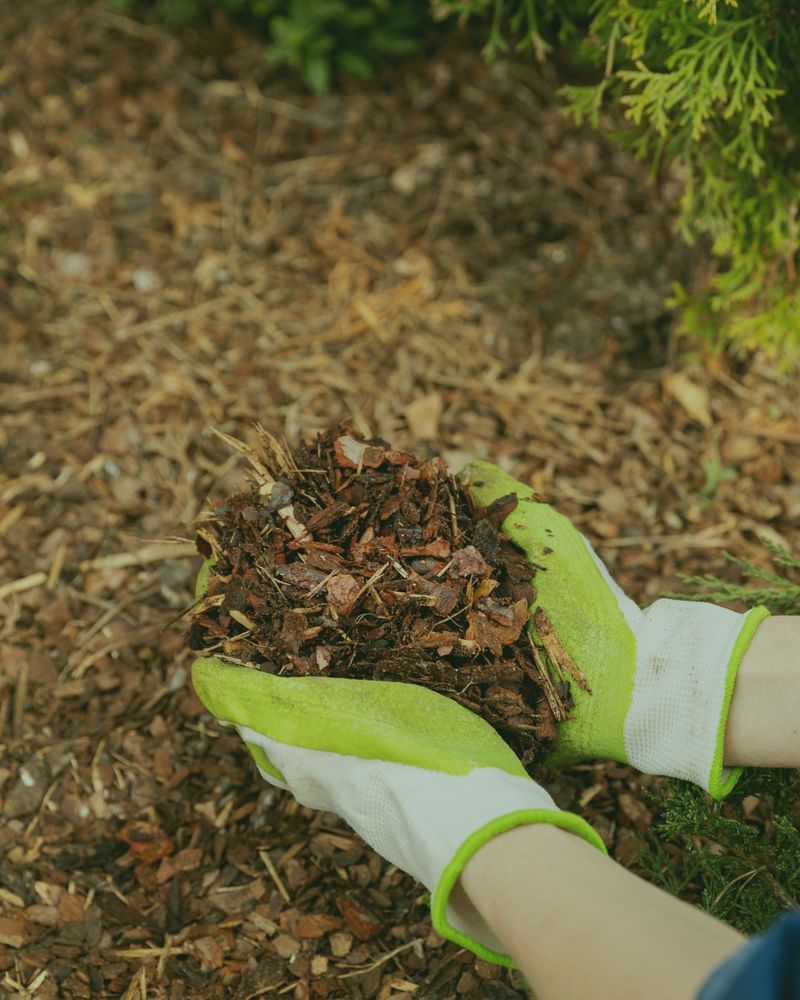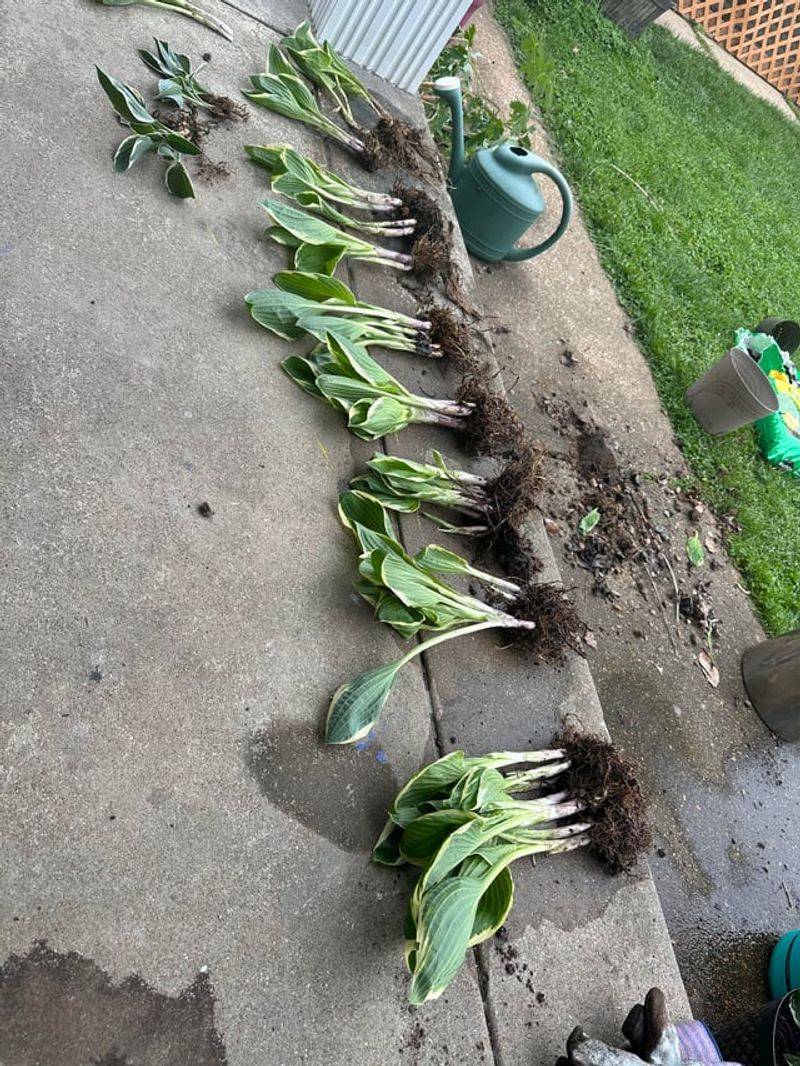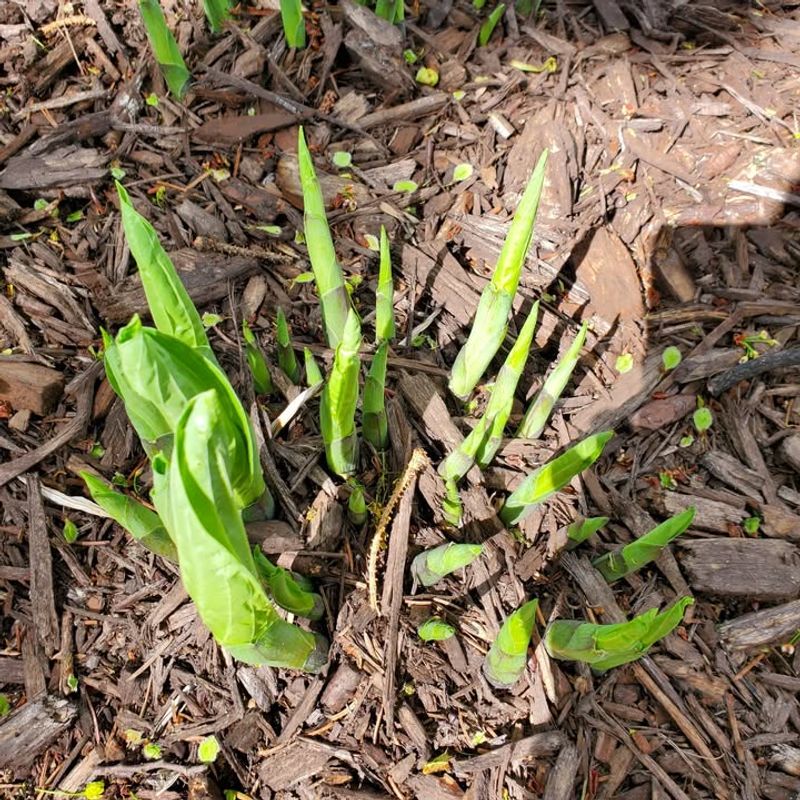When Michigan’s crisp autumn air rolls in and frost paints the mornings silver, your hostas are signaling it’s time for a seasonal reset. These shade-loving beauties may be fading, but a well-timed cutback now sets the stage for lush, healthy growth come spring.
Learn when—and how—to give your hostas their cold-weather trim so your garden wakes up next year looking its best.
1. Wait Until After The First Hard Frost
Michigan’s cold autumn weather tells you exactly when it’s time to grab your pruning shears. Once temperatures drop below 32 degrees for several hours, hosta leaves will naturally begin to yellow and collapse.
Cutting too early removes leaves that are still making food for the roots. Patience pays off because waiting allows the plant to store maximum energy for next spring’s growth.
Mark your calendar for late October or early November as the typical frost window in most Michigan regions.
2. Cut Leaves Down To About 2 Inches Above Ground
Leaving a small stub of stem above the soil protects the crown from accidental damage during cleanup. Think of it as a protective cushion that marks where your Michigan hostas live underground.
Using sharp, clean pruning shears makes the job easier and prevents disease spread. Some gardeners prefer to leave slightly taller stubs in areas with heavy foot traffic as visual markers.
Don’t worry about being perfectly precise—anywhere between one and three inches works just fine for healthy regrowth.
3. Remove All Debris To Prevent Pests And Disease
Slugs, snails, and fungal spores absolutely love hiding in piles of dead hosta leaves over winter. Clearing away all the cut foliage removes their favorite hiding spots and reduces problems next season.
Bag up the debris or add it to your compost pile if it looks healthy. Diseased leaves should go straight into the trash to avoid spreading issues.
A clean garden bed not only looks better but gives your hostas a fresh start when spring arrives.
4. Skip Cutting If You Want Winter Interest
Not everyone rushes to tidy up their hostas, and that’s perfectly okay! Dried leaves and seed stalks add texture and visual appeal to winter gardens, especially when dusted with snow.
Leaving foliage in place also provides extra insulation for the roots during brutal Michigan winters. Birds may even appreciate the seeds from hosta flowers as a food source.
You can always clean up in early spring before new shoots emerge if you choose this relaxed approach.
5. Apply Fresh Mulch After Cutting Back
A two to three inch layer of shredded bark or wood chips acts like a warm blanket for hosta roots during freezing temperatures. Mulch also helps prevent the soil from heaving, which can push plants out of the ground.
Wait until after the ground starts to freeze before applying your mulch layer. Adding it too early might encourage mice and voles to nest near your precious Michigan plants.
Come spring, simply pull back excess mulch to let new shoots push through easily.
6. Divide Overgrown Clumps Before Or After Cutting
Fall presents an excellent opportunity to split hostas that have grown too large or crowded. You can divide them before cutting back the foliage or wait until after for easier handling.
Use a sharp spade to slice through the root ball, making sure each division has at least three to five eyes or growing points. Replant divisions immediately and water them well to help roots establish before winter.
Spring division works too, but fall-divided hostas often perform better the following year.
7. Watch For Early Spring Shoots And Avoid Damage
Michigan springs can be unpredictable, with hostas sometimes poking through the soil as early as March or April. Keep an eye on your garden beds to avoid stepping on or damaging tender new growth.
If a late frost threatens emerging shoots, cover them overnight with buckets, blankets, or newspaper for protection. Frosted shoots may look damaged but often recover within a few weeks.
Rake back heavy mulch carefully once you spot green tips pushing through to give shoots room to unfurl.

